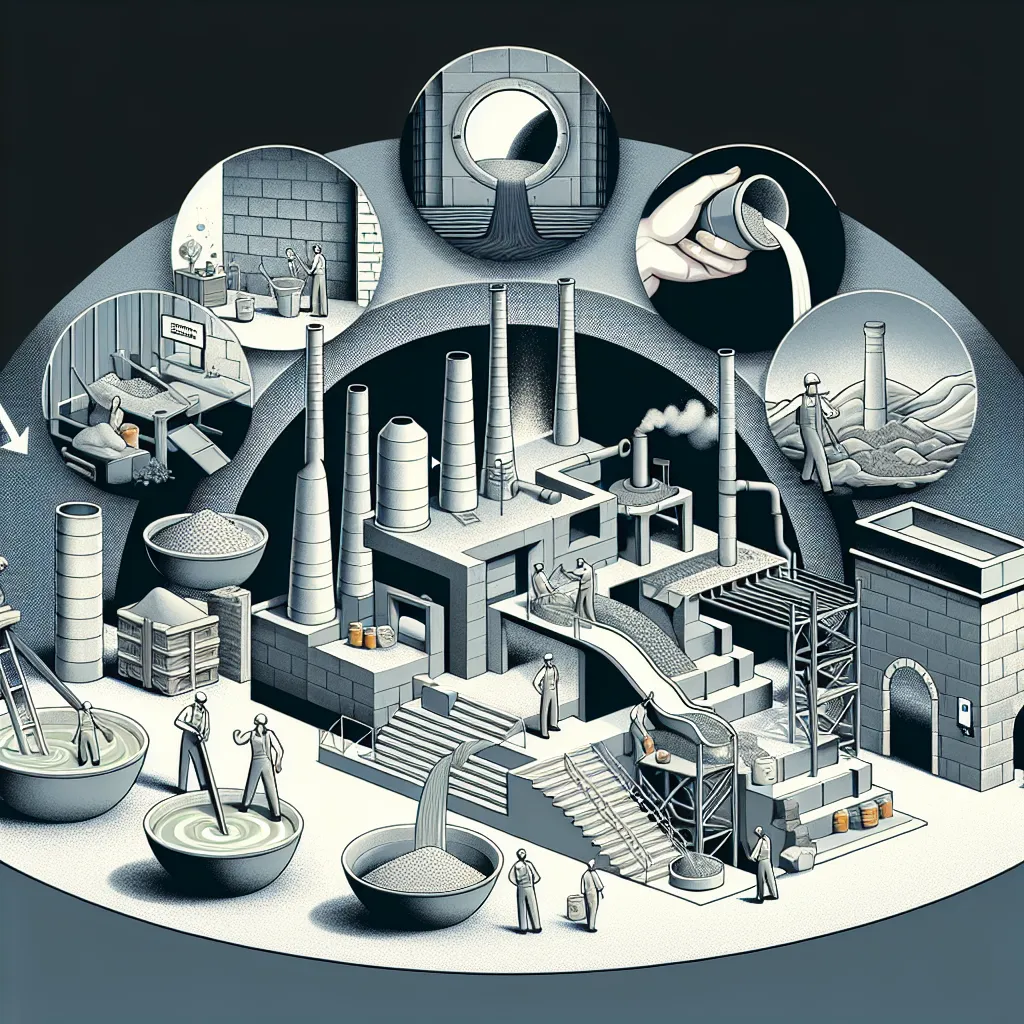Understand Your Concrete
The first step to cement success lies in understanding the material you're working with. Concrete is a mixture of cement, aggregates, and water, but the proportions can vary, affecting its properties. Understand the specific type, whether it's high-strength, normal, or lightweight, and use this knowledge to optimize your practices.
Master the Mixing
Mixing concrete might seem straightforward, but achieving the perfect consistency requires precision. Overly wet concrete can lead to weaker structures, while too dry can compromise workability. Use the correct water-cement ratio and mix until you achieve a uniform texture.
Prioritize Surface Preparation
A clean, well-prepared surface is key to ensuring the longevity of your concrete. Remove any old concrete, debris, or organic material, and ensure the surface is damp before application. If the surface is too dry, it can absorb water from the concrete, affecting its curing and strength.
Perfect Your Pouring Technique
Pouring concrete is more than just dumping it onto the surface. It should be placed as close to its final position as possible to avoid unnecessary handling, which can lead to segregation. Once poured, it should be consolidated to remove air pockets and ensure a uniform density.
Care for Curing
Curing is the process that allows concrete to achieve its full strength. It involves maintaining adequate moisture and temperature conditions over a period. Neglecting this step can result in weaker concrete. Use curing covers or compounds to retain moisture, and avoid exposing the concrete to extreme weather conditions during this period.
Conclusion
Concrete work is an art that requires understanding, precision, and patience. By mastering these five steps, you can ensure a high-quality finish that lasts. Whether you're a seasoned construction professional or a DIY enthusiast, these tips can help you navigate the world of concrete with confidence.
